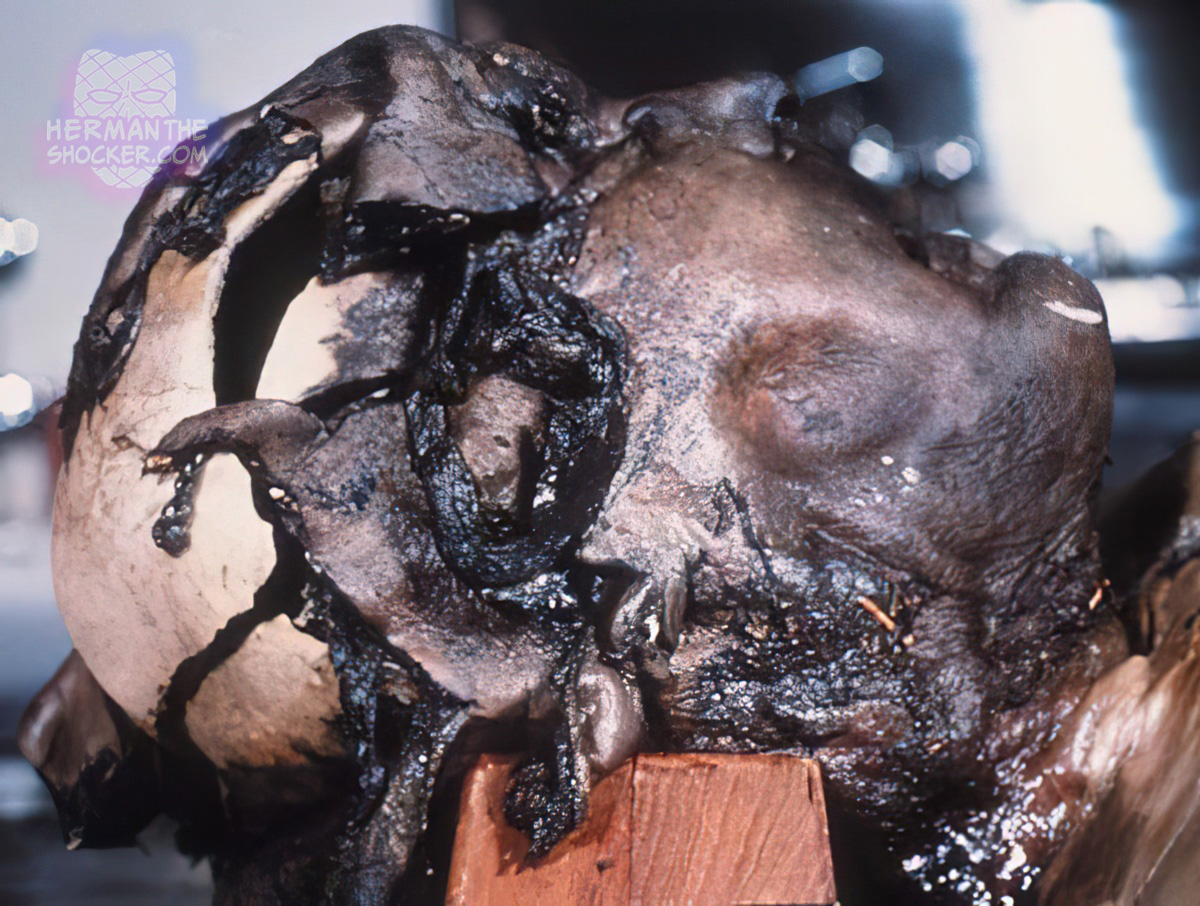Decomposed head and fractured skull of a person, who disappeared in the autumn before the river was covered with ice. The injuries have possibly been caused post-mortem by the ice packs when the body surfaced in the spring. Decomposition is the natural process of organic matter breaking down after death, driven by autolysis (self-digestion) and putrefaction (microbial activity). It progresses through stages: fresh, bloat, active decay, advanced decay, and skeletonization. Environmental factors like temperature, humidity, and insect activity affect the rate. Forensic taphonomy studies decomposition to estimate time since death, locate remains, and analyze environmental influences, aiding criminal investigations and archaeological research.
Latest posts

This individual died and his body was scavenged by a cat, no further info. The phenomenon of postmortem…

Note the bloating and decompositional blisters as well as the greenish discoloration around the area of the abdomen.…






